Image: IBM is 100.
Leslie DMonte & Bibhu Ranjan Mishra in Mumbai/Bangalore
Leslie DMonte & Bibhu Ranjan Mishra in Mumbai/Bangalore
Over the last 100 years, it garnered over $100 billion in revenue, carved a global footprint in over 160 countries, collected nearly 6,000 patents worldwide (the highest for any company in the world), developed a computer system called Watson which even outsmarted skilled 'Jeopardy' players and created smart grids and cities globally all while retaining the leading position in the information technology (IT) services field, both in India and across the world.
IBM @ 100: An amazing success story
Image: IBM commits to community service.
To mark the occasion, a quarter of a million IBM employees, retirees, their families and clients have pledged more than two million hours of service to address community challenges and societal needs. In India, over 50 per cent of the employees pledged a minimum of eight hours of voluntary service each and promised to work with over 100 non-government organisations engaged in different community programmes.
IBM @ 100: An amazing success story
Image: Day of Service, Newark, New Jersey.
IBM would also provide $12 million to support the 'Celebration of Service' in grants, with a part of the grant being given in India too, said a company spokesperson. IBM unions, however, have put up a video on YouTube featuring ex-IBM employees who wished the company well, but at the same time, urged it to recognise the role they played in its success and pay its employees "fair" wages.
IBM @ 100: An amazing success story
Image: IBM typewriter.
IBM's success can be traced back to a history of inventions, including the punch card, electric typewriter, mainframe, scanning tunnelling microscope, web server, hard drive, and nanotubes. On May 25, the company edged Microsoft to become the second-most valuable tech company on bourses. (Microsoft has since regained its position but the gap remains very narrow).
IBM @ 100: An amazing success story
Image: Employees at Bangalore do community service.
IBM's India story, too, is one of a successful comeback. It established its hardware manufacturing unit in India in 1951 but was shunted out by the Janata Party government in the late 1970s. In the 16 years since its re-entry, India has become its fastest-growing market.
IBM @ 100: An amazing success story
Image: IBM bullish on India.
While the company does not segment country-wise figures, analysts estimate its India revenue at $1.5-$2 billion, with nearly 100,000 employees (the most outside the US). Indian IT service providers who benefitted from IBM's ouster from India now both admire and fear the company, especially in the telecom sector, as IBM has sewed up deal after deal (cumulatively worth over $2.5 billion), including Airtel, Idea, Vodafone and BSNL.
IBM @ 100: An amazing success story
Image: Shanker Annaswamy, managing director, IBM India.
IBM's felicity, though, is not limited to telecom.
It has also struck comprehensive infrastructure and technology services deals with banks and the Central Board of Direct Taxes to modernise its IT infrastructure and an enterprise resource planning deal for the New Delhi Indira Gandhi International Airport.
Besides, it has a significant presence in the healthcare, education and entertainment verticals.
Shanker Annaswamy, managing director, IBM India, and regional general manager, IBM (India and South Asia), says, "When we came to India, in 1992, we were basically a product company.
IBM @ 100: An amazing success story
Image: IBM research lab.
And then, sometime in 1997, we launched IBM global services (IGS). For services business, you just can't rely on your global headquarters for research labs. So, we set up these labs in 1998 and 2001, co-located with our services business...the biggest game changer is our ability to bring in global best practices and fine-tune it to specific industry and verticals based on the local needs."
IBM @ 100: An amazing success story
Image: IBM office.
Going forward, Annaswamy sees new opportunities in the telecom space like value-added services and Wimax, and a synergy between telecos and the banking and financial services. He believes the next big wave would be in the form of data warehousing and payment systems.
IBM @ 100: An amazing success story
Image: IBM, Bangalore.
IBM has leveraged India as a global delivery base, acknowledges Sudin Apte, chief executive officer and principal analyst, Offshore Insights. "IBM has established the fact that innovative business models can work (the Airtel outsourcing deal)," he said, adding since the company did not have pressure from Indian shareholders, it has been able to experiment (successfully) with different business formats.
IBM @ 100: An amazing success story
Image: IBM, Kolkata.
"IBM is certainly an exception in the domestic market in India, since it understands the local market and needs much better, owing to its long association with India and Indian enterprises," said Amneet Singh, vice-president (global sourcing), Everest Group. However, analysts also express reservations. Apte rues IBM "has not fully leveraged India in the research and development space, and still uses the country as a coding and testing factory. Creation of templates is done outside India, and all major decisions are taken there. So, while IBM has done well in leveraging its India base to optimise costs, it could have done the same in enriching the country with its expertise in research and development."
IBM @ 100: An amazing success story
Image: IBM hits a century.
Carter Lusher, chief analyst, IBM, acknowledged, "IBM is not just a huge, multinational vendor, but a mega vendor," He, however said, "While we celebrate IBM's centenary, it is critical to think about how this vendor would adapt in the future. Three CEO cycles, countless changes in the tech fad du jour, climate change, politicians and NGOs wanting IBM to do things that make no business sense, are all challenges and opportunities it would face over the next 20 years."




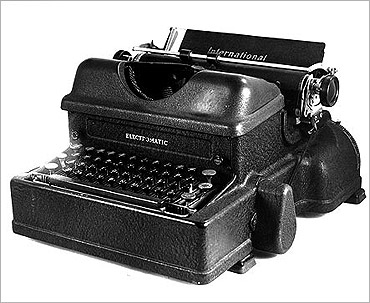



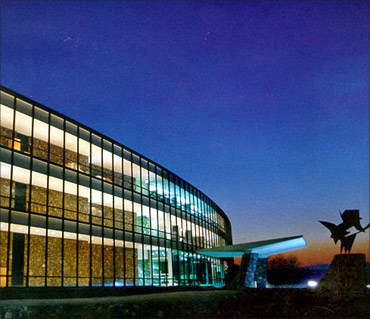
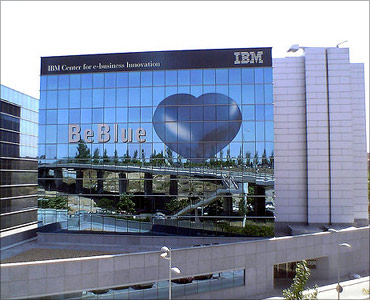

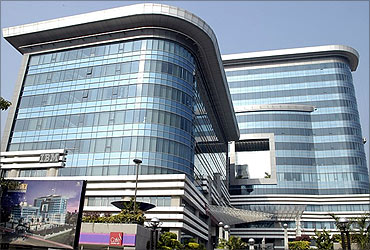
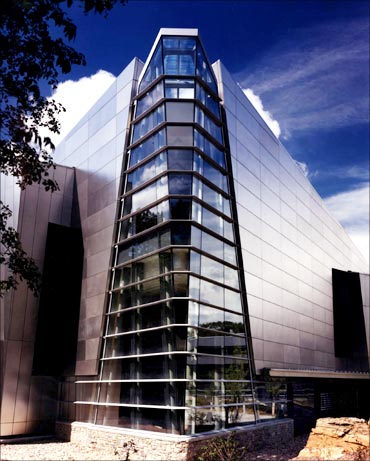

article